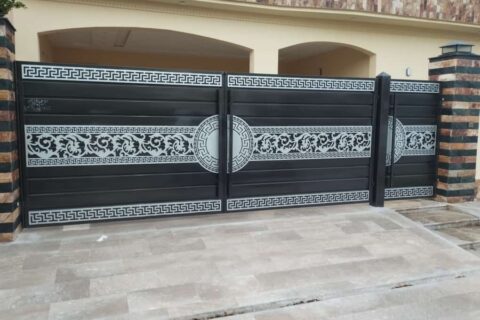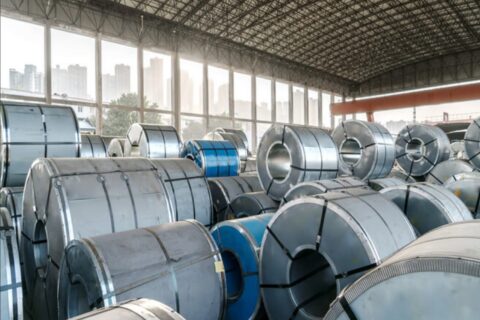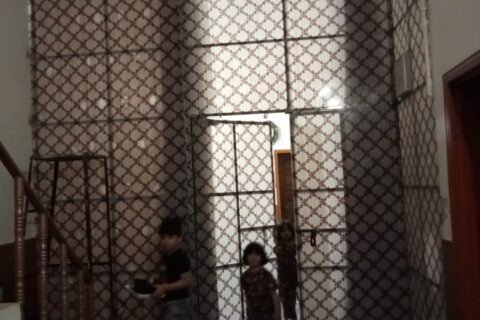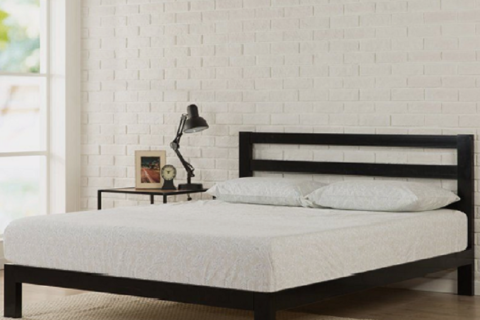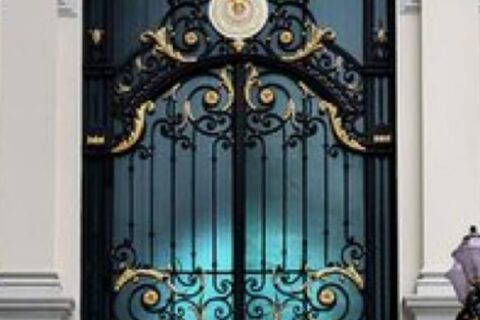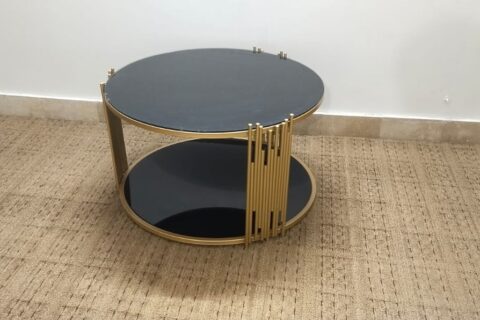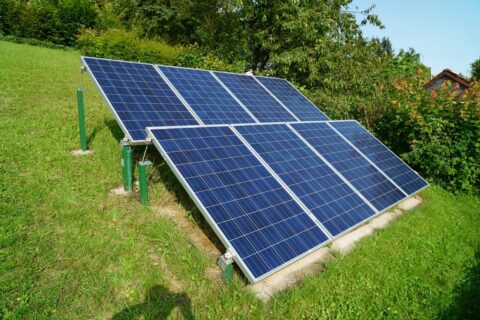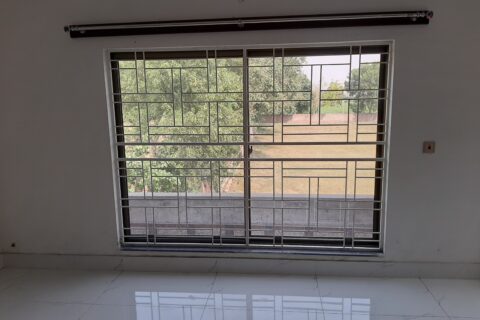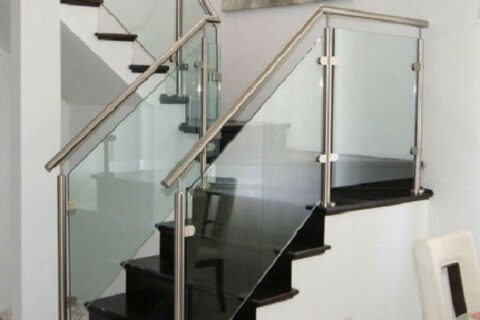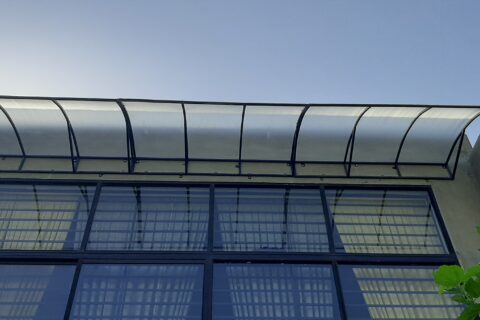-
Laser Cutting Fence Railings: Enhancing Aesthetics and Functionality
-
Revolutionizing Design and Functionality
- you can also see images to click this links

- In the world of architecture and design, advancements in technology continue to push the boundaries of what is possible. One such innovation that has revolutionized the industry is laser cutting. From intricate patterns to precise cuts, laser cutting has opened up new possibilities for various applications, including fence and railing designs. In this article, we will explore the benefits and advantages of laser cutting in creating fence and railing systems, as well as some inspiring examples of its implementation.

- Laser cutting has gained popularity in recent years due to its versatility and precision. By using a high-powered laser beam, materials such as metal, wood, acrylic, and even glass can be cut with utmost accuracy. When it comes to fences and railings, laser cutting allows for the creation of intricate patterns and designs that were once unimaginable.
- One of the key advantages of laser cutting in fence and railing design is the ability to achieve intricate and detailed patterns. Traditional methods of cutting and shaping materials often have limitations when it comes to complex designs. However, with laser cutting, architects and designers can unleash their creativity and explore a vast array of patterns, from geometric shapes to nature-inspired motifs. These patterns can add a unique aesthetic appeal to any space, whether it’s a residential property, commercial building, or public area.
- Moreover, laser cutting offers precise and clean cuts, ensuring a high-quality finish. This precision is especially important when it comes to fence and railing systems, as safety and durability are paramount. Laser-cut fences and railings fit together seamlessly, with smooth edges and precise joints. This not only enhances the overall look but also ensures the structural integrity of the system.

- Another significant advantage of laser cutting is the flexibility it provides in terms of customization. With laser cutting technology, fences and railings can be tailored to specific project requirements. Whether it’s adjusting the height, width, or incorporating personalized elements, laser cutting allows for easy customization. Architects and designers can collaborate with laser cutting professionals to create unique designs that perfectly align with their vision.

- Additionally, laser cutting opens up possibilities for incorporating branding and signage into fence and railing systems. Whether it’s a company logo, signage for a public space, or decorative elements that reflect the identity of a building, laser cutting enables the integration of such features seamlessly. This not only adds an extra layer of functionality but also enhances the overall aesthetic appeal of the space.
- To showcase the immense potential of laser cutting in fence and railing design, let’s explore a few inspiring examples:
-
Nature-inspired patterns:
- Laser-cut fences and railings can mimic the beauty and intricacy of natural forms, such as leaves, branches, or waves. These patterns create a harmonious connection between the built environment and the surrounding nature, adding a touch of elegance to any space.
-
Geometric designs:
- Laser cutting allows for precise execution of geometric patterns, making them a popular choice for modern and contemporary designs. Whether it’s hexagons, triangles, or intricate latticework, these designs create visually captivating fences and railings.
-
Customized branding:
- Laser cutting provides an opportunity to incorporate branding elements into fence and railing systems. Whether it’s a company logo or a unique pattern representing a specific brand identity, laser cutting ensures that these elements are seamlessly integrated, creating a strong visual impact.
-
Privacy screens:
- Laser-cut fences can also serve as privacy screens while adding an artistic flair to outdoor spaces. Intricate patterns can be strategically designed to allow light and air to pass through while maintaining a sense of privacy.
-
Artistic expressions:
- Laser cutting opens up a world of possibilities for artistic expressions in fence and railing design. From abstract designs to intricate sculptures, laser-cut fences and railings can transform any space into a work of art.

- Fence railings not only provide security but also add a touch of elegance and beauty to any property. A well-designed and stylish fence can enhance the aesthetics of your home or business while still maintaining its primary purpose. In recent years, laser cutting technology has revolutionized the fence manufacturing industry by offering precision and intricate designs that were previously not possible.
- Laser cutting involves the use of a high-powered laser beam to cut through materials such as metal, plastic, and wood with extreme precision. Laser cutting has become popular in the fence manufacturing industry because it allows for the creation of complex designs and patterns that can be customized to fit any size or shape.

- One of the biggest advantages of laser cutting technology is its ability to produce intricate designs that are both aesthetically pleasing and functional. Fence railings made using laser cutting technology come in a wide range of designs, from simple geometric shapes to intricate patterns inspired by nature or historical architecture. This allows property owners to choose a design that best fits their individual style and taste.
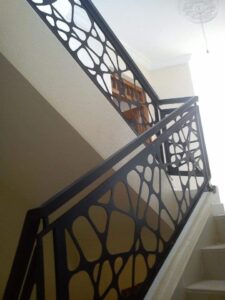
- Laser cutting technology also enables the creation of fence railings that are highly functional. For example, laser cutting can be used to create railings with small openings that allow air to circulate freely while still providing security. This is especially useful in areas with high wind speeds, as traditional railings can create a wind tunnel effect that can damage the property.
- In addition to being highly functional, laser cut fence railings are also durable and long-lasting. The precision of the laser cutting process ensures that the railings are cut to the exact specifications required, resulting in a product that fits perfectly and requires little to no maintenance. Furthermore, fence railings made using laser cutting technology are resistant to rust and corrosion, making them ideal for use in areas with high humidity or coastal regions.
- Finally, laser cutting technology allows for the creation of fence railings that are both cost-effective and environmentally friendly. The precision of the laser cutting process ensures that there is little to no material wastage, resulting in lower production costs. Additionally, laser cutting does not produce any harmful byproducts or emissions, making it an environmentally friendly manufacturing process.
- In conclusion, laser cutting technology has revolutionized the fence manufacturing industry by offering precision and intricate designs that were previously not possible. Laser cut fence railings not only enhance the aesthetics of any property but also provide increased functionality, durability, and cost-effectiveness. If you are looking for a way to add both security and style to your property, laser cut fence railings are the perfect solution.
-
FAQS
-
What are the limitations of laser cutting?
- Material Thickness: Laser cutting works best on materials with relatively moderate thicknesses. If the material is too thick, it may not be effectively cut through by the laser beam. Conversely, if the material is too thin, it may be prone to warping or distortion during the cutting process.
- Material Types: Laser cutting is most commonly used for materials like metals (such as steel, aluminum, and stainless steel), wood, acrylic, and certain plastics. However, materials like glass, stone, and some composites may not be suitable for laser cutting due to their composition or the potential for cracking or shattering.
- Reflective Surfaces: Laser cutting relies on the absorption of laser energy by the material to be cut. Reflective surfaces, such as highly polished metals or mirrors, can reflect the laser beam and reduce its effectiveness, making it challenging to achieve precise cuts on such materials.
- Cost: Laser cutting equipment can be expensive, especially high-powered lasers required for cutting thicker materials. The initial investment in laser cutting machinery and the maintenance costs should be considered when opting for laser cutting services.
-
Which are the most important parameters to control in laser cutting?
- Power: The power of the laser beam determines the speed and depth of the cutting process. It should be adjusted according to the material being cut and its thickness.
- Speed: The speed at which the laser moves across the material affects the quality of the cut. Higher speeds can lead to faster production, but may result in a rougher finish. Slower speeds often produce cleaner cuts.
- Focus: The laser beam needs to be precisely focused at the material’s surface to achieve accurate cuts. The focal length and position should be adjusted according to the material’s thickness to ensure optimal cutting performance.
- Assist Gas: Assist gases, such as nitrogen or oxygen, can be used in laser cutting to improve the quality of the cut and remove debris. The type and flow rate of the assist gas should be carefully controlled for different materials and thicknesses.
- you can also see images to click this links

